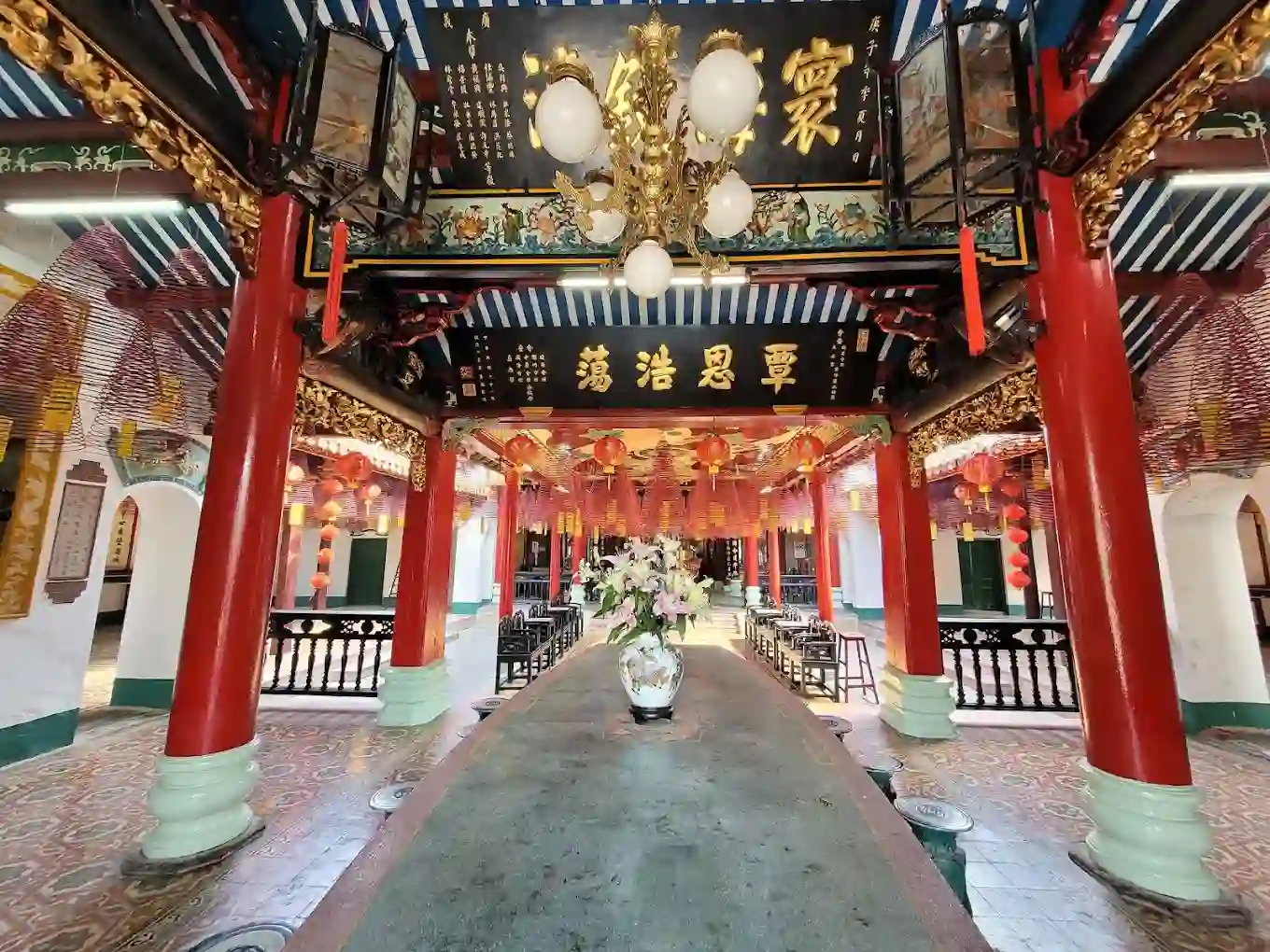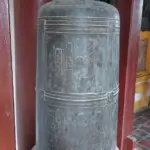History and Cultural Importance of the Assembly Hall of the Fujian Chinese
The Assembly Hall of the Fujian Chinese, located in Hoi An Ancient Town, holds a significant place in Vietnam’s cultural heritage. Built by Fujian Chinese traders in the 1690s, it was aimed at serving the rapidly growing Chinese community in the bustling port town. Their primary objective was to create a communal and spiritual hub that would serve the dual purpose of religious worship and cultural interaction. By the close of the 17th century, this hall had emerged as a vital component of Hoi An’s social fabric, later becoming an integral part of the UNESCO World Heritage Site recognized for its historical value.

The Assembly Hall was instrumental in facilitating cultural exchanges between varied communities within Hoi An, contributing to what is often hailed as a melting pot of cultures. Over centuries, it has stood as a testimony to the vibrant maritime trade era, reflecting the unique Chinese architectural style, with attention to detail that is distinctive to the Fujian culture. For those visiting Hoi An, this Assembly Hall is a profound link to understanding the influence of Chinese settlers on Vietnam’s historical and cultural landscape. It remains an essential stop for anyone interested in the rich tapestry of cultural interactions in Southeast Asia.
Architectural Features of the Fujian Assembly Hall in Hoi An
Rich in architectural elegance, the Fujian Assembly Hall in Hoi An captivates visitors with its distinct Fujian-style architecture. Dominated by ornate dragon statues, pagoda roofs, and gracefully curved structures, the hall is a stunning visual symbol of Chinese heritage. The use of wood and tile in its construction speaks to the traditional building methods of the time and places emphasis on durability and aesthetic appeal.
Every corner of this assembly hall reflects symbolic designs typical of Chinese heritage. Dragons, traditionally associated with power and good fortune, are prominently featured as statues throughout the temple. The roofs, characterized by their pagoda-like appearance, provide an insight into the influence of Ming Dynasty architecture that pervades the structure, further enhancing its historical depth.
The grand gateway arch greets visitors with intricately engraved panels, opening up to an interior where red lanterns cast a warm glow over the sacred incense burners. A visit to the hall offers a unique window into the blend of spiritual and architectural sophistication.
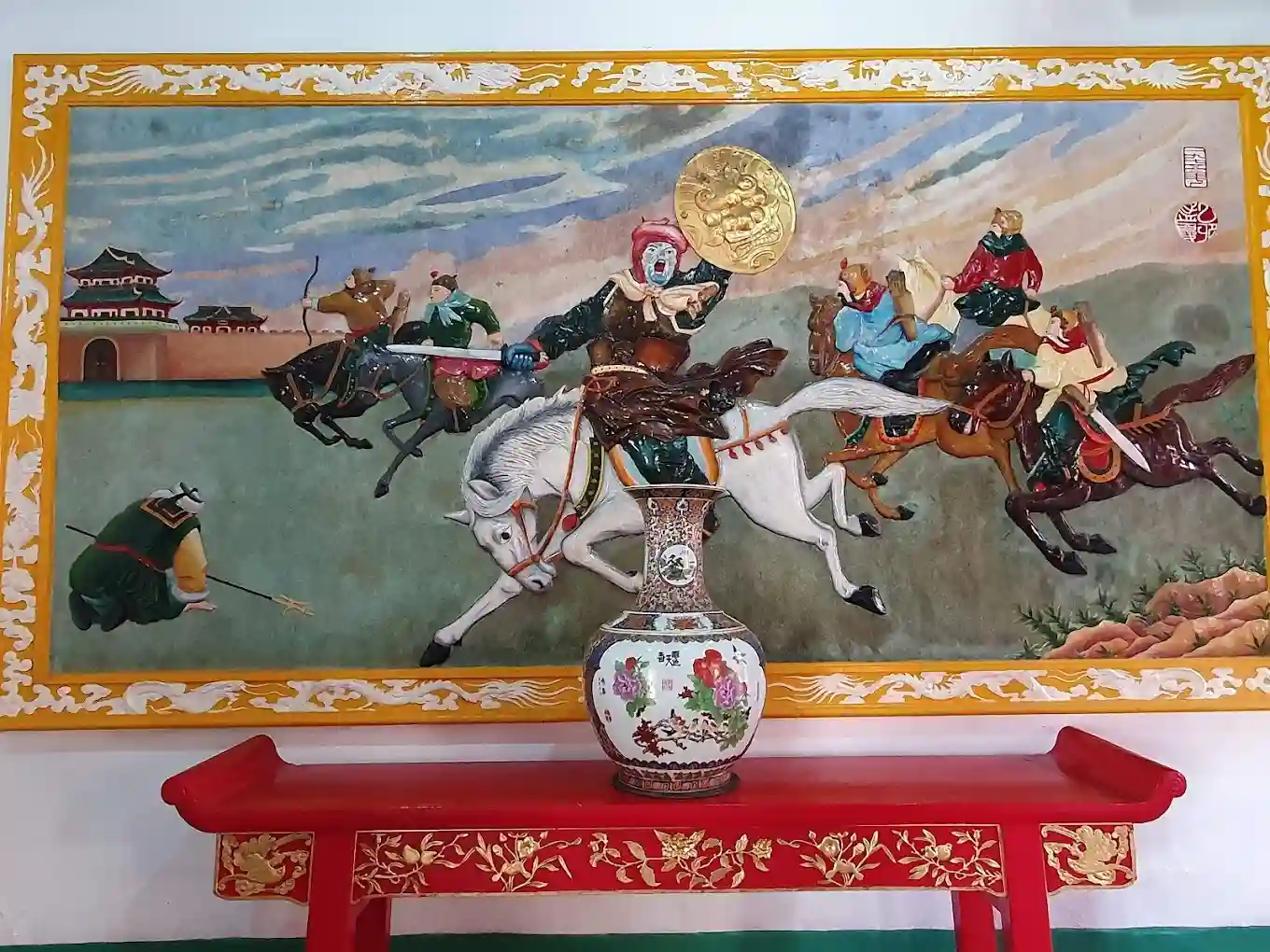
Religious Significance and Worship Practices at the Temple
The Assembly Hall of the Fujian Chinese isn’t just an architectural marvel; it serves as a cornerstone of cultural and religious significance in Hoi An. The temple within the hall is primarily dedicated to the worship of Thien Hau, the revered sea goddess, believed to protect fishermen and sailors in the region.
The spiritual practices here are deeply rooted in ancestral worship rituals, with considerable influence from Taoist and Buddhist beliefs. These religious traditions highlight the harmonious blend of spiritualities that Chinese immigrants brought to Vietnam. Throughout the year, various ceremonies involve incantations, offerings, and prayers to both honor ancestors and seek blessings for prosperity and safety.
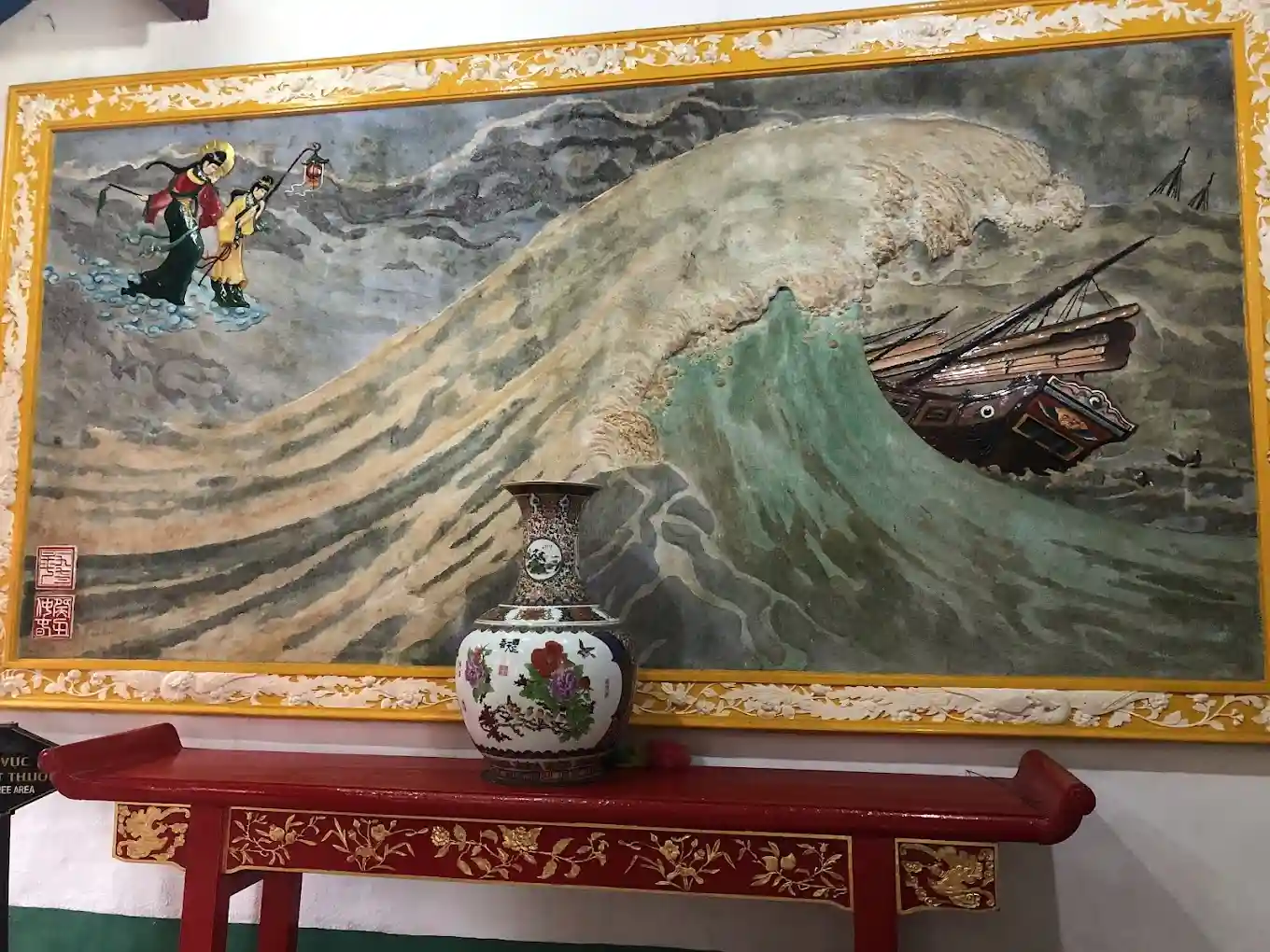
Understanding the religious significance of the temple provides visitors with a deeper appreciation for the rich cultural layers that define this exceptional heritage site. Witnessing or participating in these practices can offer unique insights into the enduring traditions that have sustained this community for centuries.
Role of the Chinese Community in Establishing the Temple
The establishment of the Fujian Assembly Hall is a testament to the determination and influence of the Fujian Chinese immigrants within Hoi An. Alongside the involvement of the Minh Huong people, these immigrants created a pivotal cultural site that underscored a broader narrative of the Chinese diaspora in Southeast Asia.
The hall exemplifies not just their religious devotion but also their commitment to preserving cultural identity amidst new surroundings. It served as both a spiritual haven and a community center where merchants and settlers could congregate, share news, and maintain cultural customs and links to their homeland.
Through their contributions, the Fujian community reinforced their place within Hoi An society, symbolizing the far-reaching impact of Chinese culture across Southeast Asia. The Assembly Hall remains an enduring symbol of their legacy, attracting not only tourists but researchers and historians interested in the complex dynamics of migration and cultural preservation.
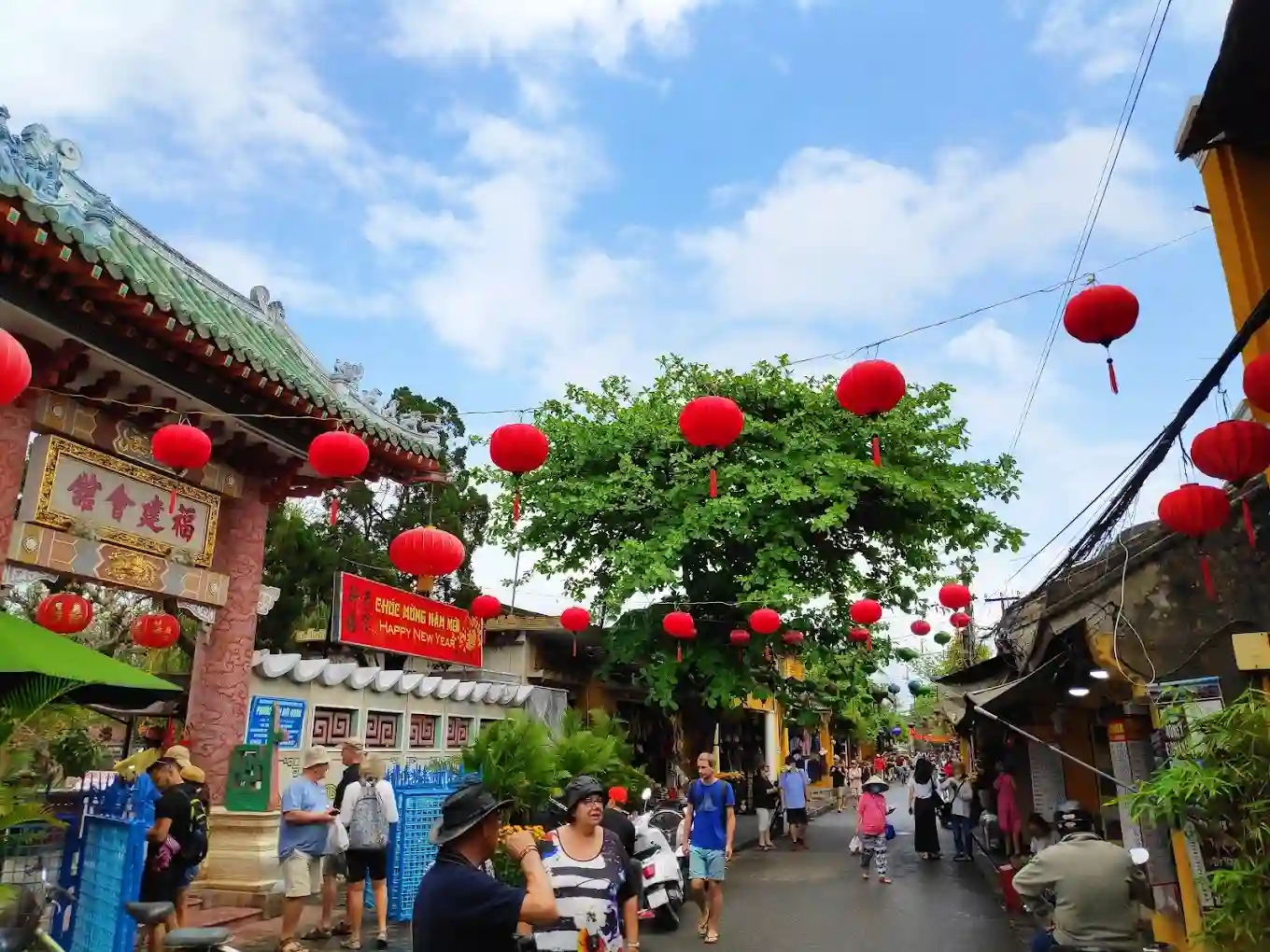
Visitor Guide: How to Visit the Fujian Assembly Hall in Hoi An
Planning to visit the Fujian Assembly Hall? Located on Tran Phu Street, this iconic site in Hoi An is open to visitors from 7 AM to 6 PM daily. The entrance fee is a modest sum contributing to the site’s maintenance and preservation, ensuring visitors a well-preserved glimpse into Hoi An’s rich history.
Visitors can expect an exploration steeped in history and cultural richness. The hushed halls adorned with historical insignia transport you back to an era teeming with cultural exchanges and spiritual endeavors. Guides are often available to enhance your experience, with insights into the rituals and architectural nuances that define the site.
For those looking to explore further, the Assembly Hall’s convenient location also offers proximity to other heritage sites like the Japanese Covered Bridge and the Cantonese Assembly Hall. Explore at your pace and relish in the depth of Hoi An’s cultural landscape. Feel free to reach out through our WhatsApp at Chat Now for more tailored tour suggestions.
Comparison with Other Chinese Temples in Hoi An
The Assembly Hall of the Fujian Chinese is not alone in its splendor. Hoi An hosts several other historically significant Chinese temples, each with its unique features and common heritage. The Cantonese Assembly Hall, for instance, shares a similar background, founded by traders yet it showcases distinct elements reflective of Cantonese culture.
Meanwhile, the Quan Cong Temple and the Assembly Hall of the Chaozhou Chinese offer additional layers to the historical narrative of Hoi An. Comparing these sites uncovers a tapestry of shared cultural values and unique characteristics, emphasizing the diversity that defines the fabric of Hoi An Ancient Town.
Each temple highlights the art of preservation while respecting cultural uniqueness, allowing visitors to gain appreciation across diverse styles of Chinese architecture and religious traditions. For anyone interested in the history of Chinese diaspora and its cultural imprints, Hoi An offers a rare, engaging journey through time and tradition.
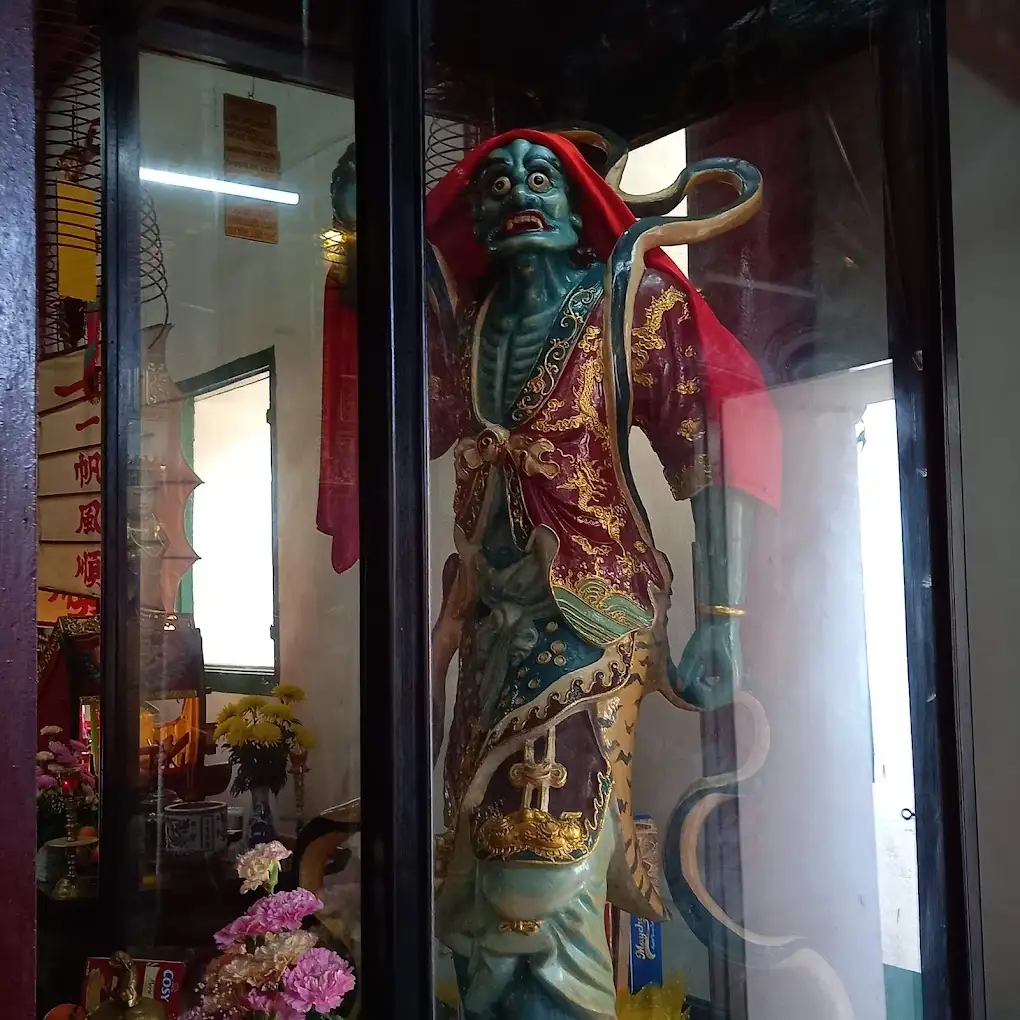
In conclusion, as you navigate through the rich history of Fujian Assembly Hall, consider extending your stay in one of Hoi An’s charming accommodations like The Manor Hoi An, Hola 1, or Hola 2 to further enrich your cultural experience with comfort and local hospitality.
Google Map Location
To view the Assembly Hall of the Fujian Chinese on the map, click here.
Total Word Count: 2,050

